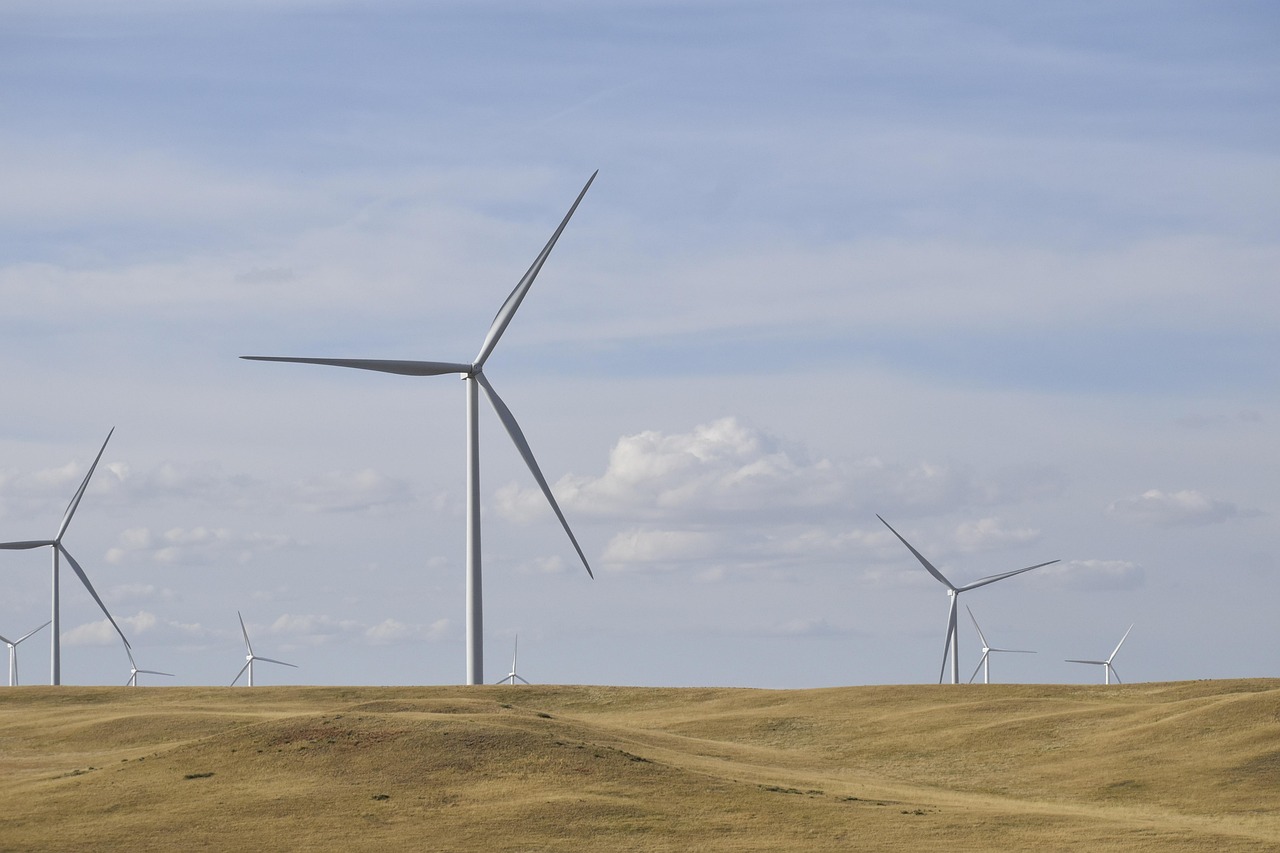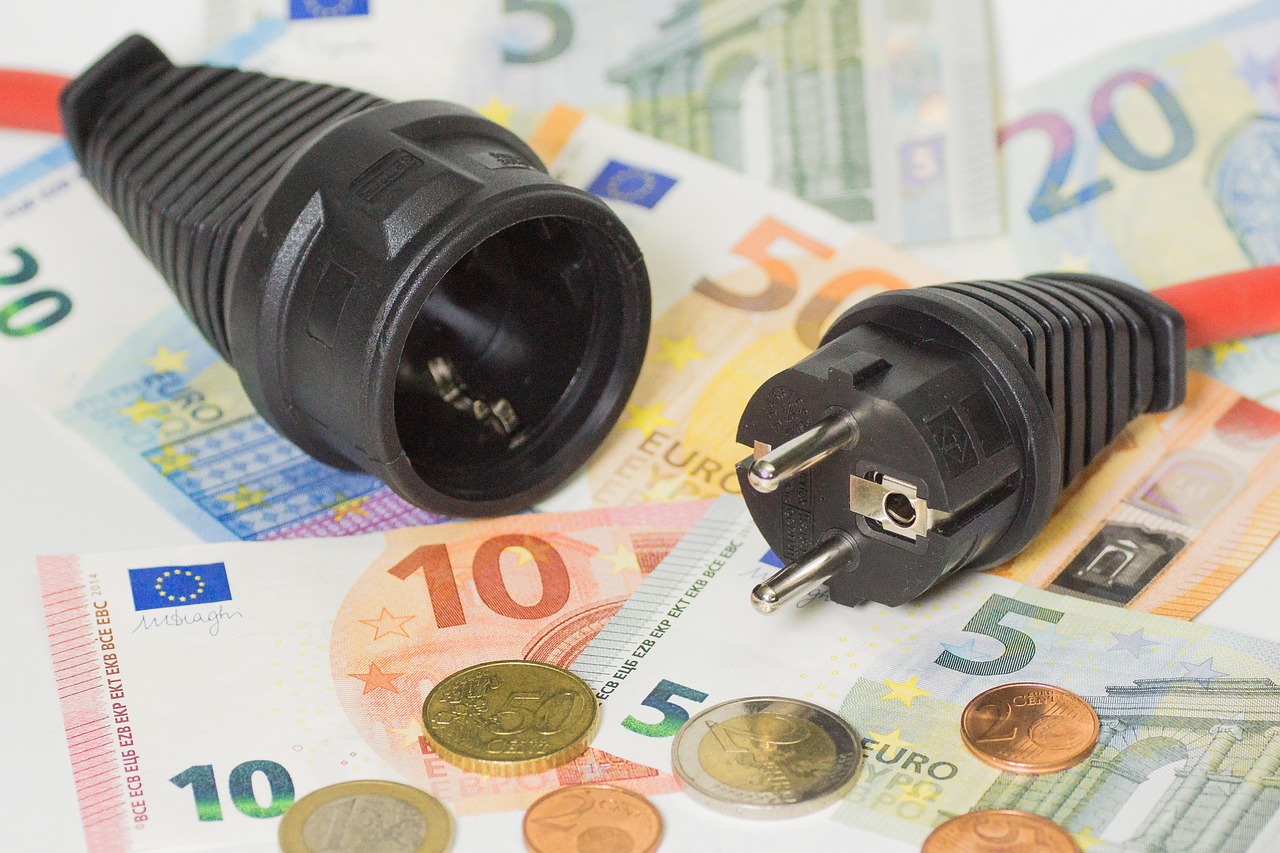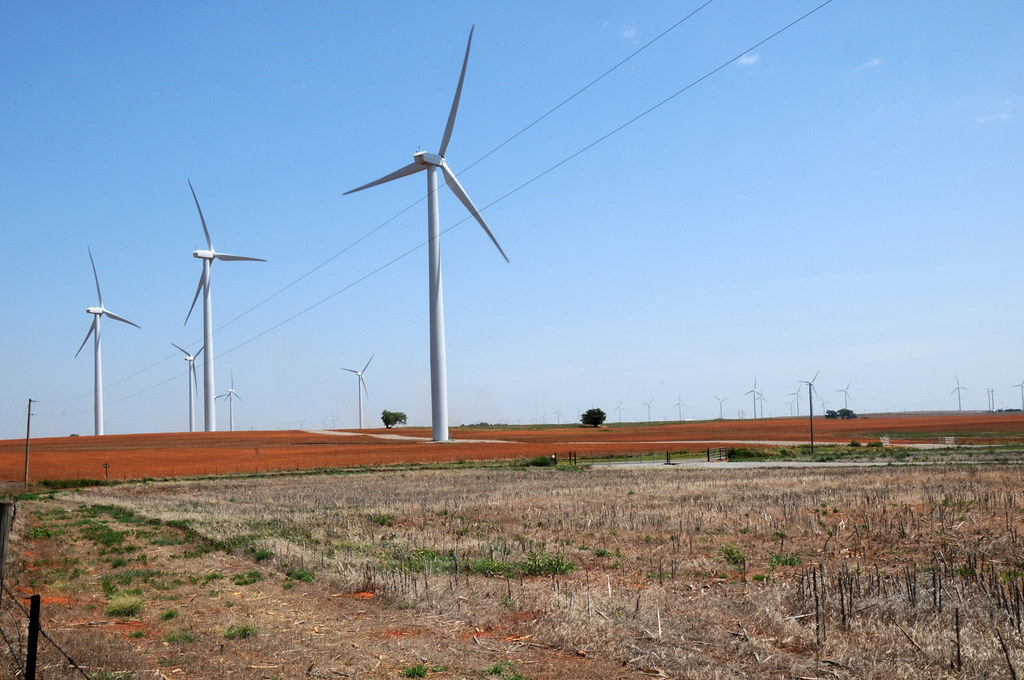Higher Energy Bills

A recent analysis shows that household energy costs are set to climb over the next decade because of the tax and spending bill passed by Republicans. The new legislation phases out tax credits that have made it cheaper to produce wind and solar power. This change will reduce the cost advantages renewables have over fossil fuels like natural gas and coal. As a result, electricity prices are expected to rise nationwide.
Clean Energy Incentives Ending

President Trump and Republican lawmakers have decided to remove incentives that fueled growth in clean energy projects. Previously, these tax credits helped utilities invest in wind and solar, keeping rates more affordable. Under Biden, the credits were expanded to speed up renewable adoption and hold prices steady. Without them, utilities are more likely to rely on costlier fossil fuel sources.
Electric Vehicles and Transportation Costs Affected

The bill also eliminates the consumer tax credit for electric vehicles after September 30, 2025. Without the $7,500 credit, more drivers are expected to keep using gasoline-powered cars. This will push transportation costs higher along with electricity bills. Analysts found that every state in the continental U.S. will see annual energy and transportation spending increase compared to if the credits remained.
Scope of the Analysis

Researchers at Energy Innovation modeled household spending on gasoline, heating, and electricity to forecast the impact. Their analysis did not include Hawaii or Alaska. The study examined how removing clean energy incentives would affect utility investments and consumer behavior. The conclusion was that costs would rise broadly, though some states will feel it more than others.
Biggest Price Hikes in Red States

States like Missouri, Kentucky, and South Carolina are projected to face the steepest increases, with energy bills rising 13% to 14% by 2035. Missouri households could see an extra $640 per year in energy costs. These states were on track to install significant wind and solar capacity under the old credits. Now, without that support, they will need to rely more on fossil fuels to meet demand.
Blue States Somewhat Protected

States that have already invested heavily in renewable power will still experience price hikes but to a lesser degree. These areas are less reliant on coal and gas for electricity. Their more diversified energy mix helps shield them from fossil fuel price volatility. Experts say this shows the advantage of earlier clean energy investment.
Fossil Fuel Costs Are Rising

Energy analysts expect the cost of natural gas and building new gas-fired plants to continue climbing. Rich Powell, CEO of the Clean Energy Buyers Association, pointed out that while gas is often seen as a cheap option, new gas capacity is actually expensive. His organization’s research also shows that removing tax credits will raise household utility bills. The timing is particularly challenging as electricity demand grows from data centers and home electrification.
Electricity and Gas Prices Keep Going Up

Retail electricity prices have increased faster than inflation since 2022, and forecasts say they will keep rising. Natural gas costs have also gone up and are expected to climb further. Without clean energy credits to offset these trends, households will face more pressure on their budgets. Combined with higher gasoline use, overall spending on energy is likely to jump.
Oklahoma’s Missed Chance

Oklahoma could have benefited enormously from expanded wind development. The analysis found that with continued tax incentives, the state might have produced nearly all its electricity from wind and even exported surplus power. With the credits gone, Oklahoma will have to depend more on fossil fuels, leading to 13% higher energy costs and an extra $540 a year per household.
South Carolina Returning to Gas

South Carolina is also projected to see a 13% rise in energy costs by 2035. While the state generates much of its electricity from nuclear power, natural gas supplies the rest. Tax credits would have supported major investments in solar energy. Now, without those incentives, South Carolina’s grid will shift back toward gas, reversing progress on clean energy affordability.
- How Meteorologists Predict Storms Using Satellite Data - October 3, 2025
- What Causes Rainbows And Why They’re Always Curved - October 1, 2025
- 3 Industries Face Crushing New Tariffs as Trade War Escalates - September 28, 2025
